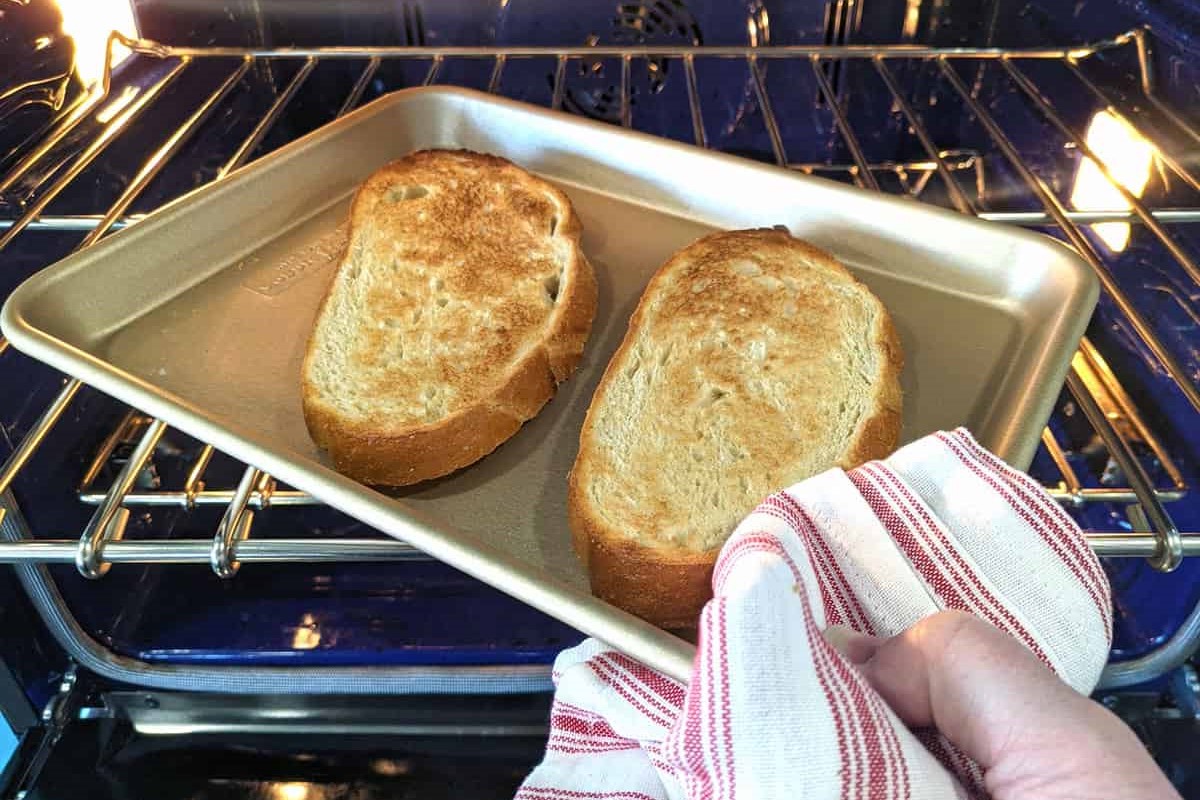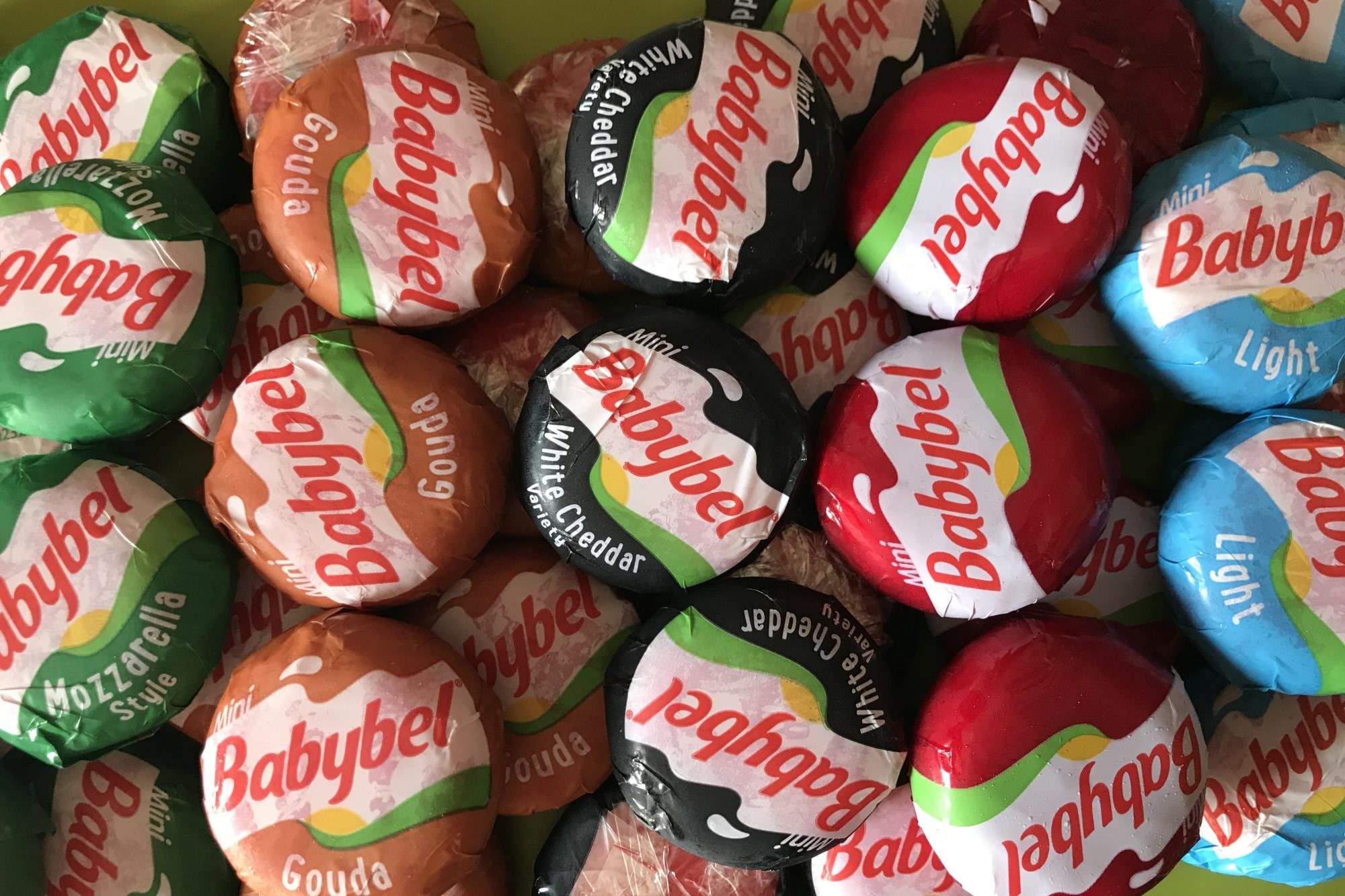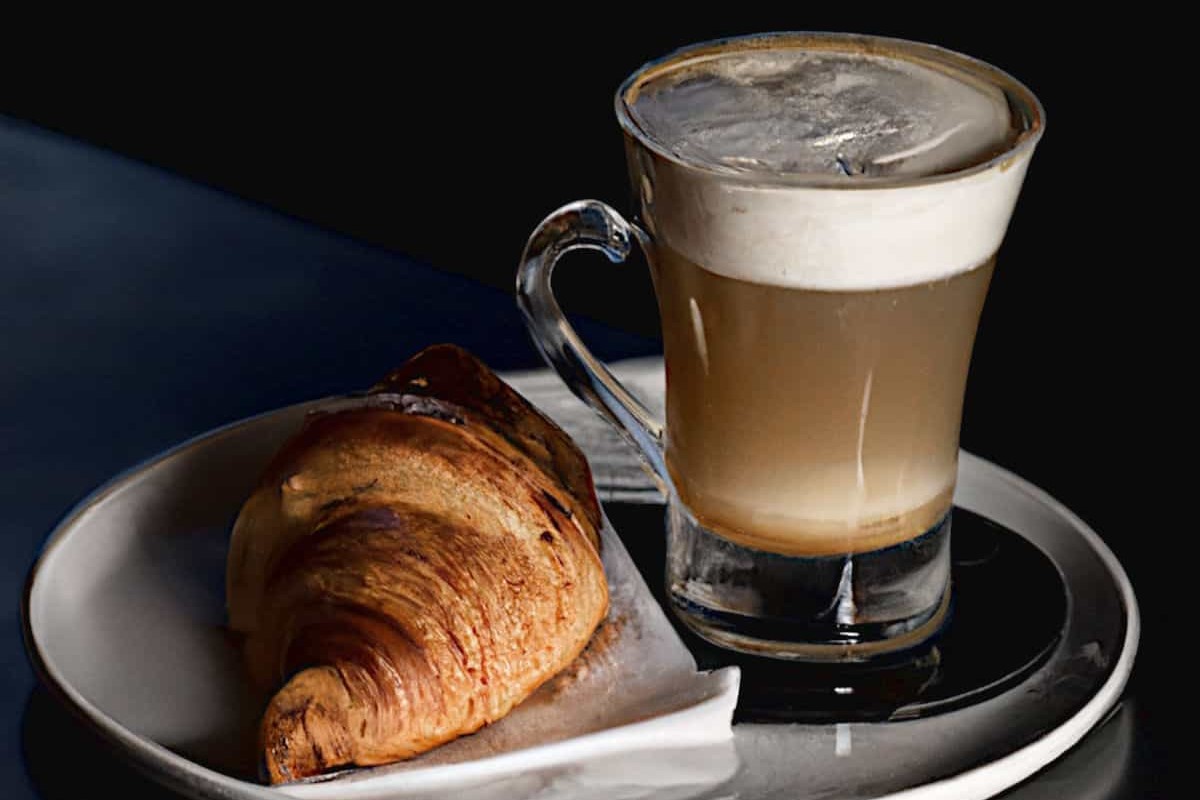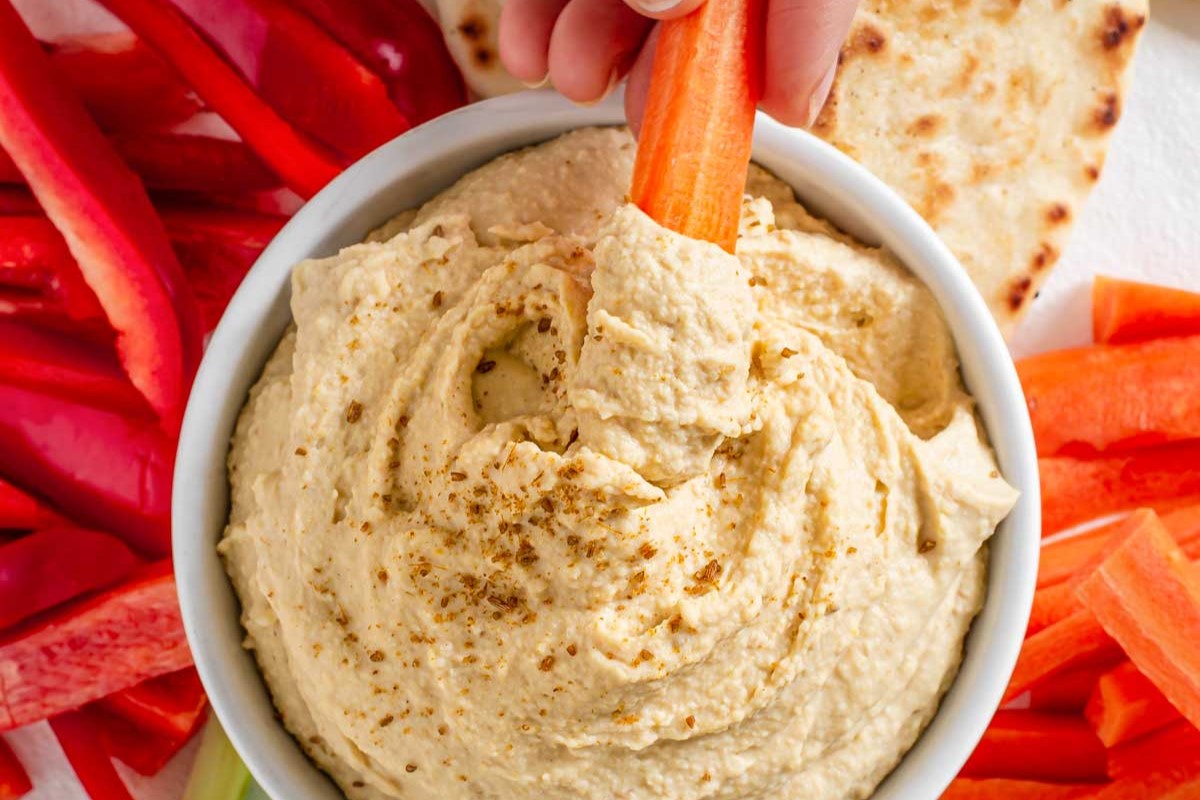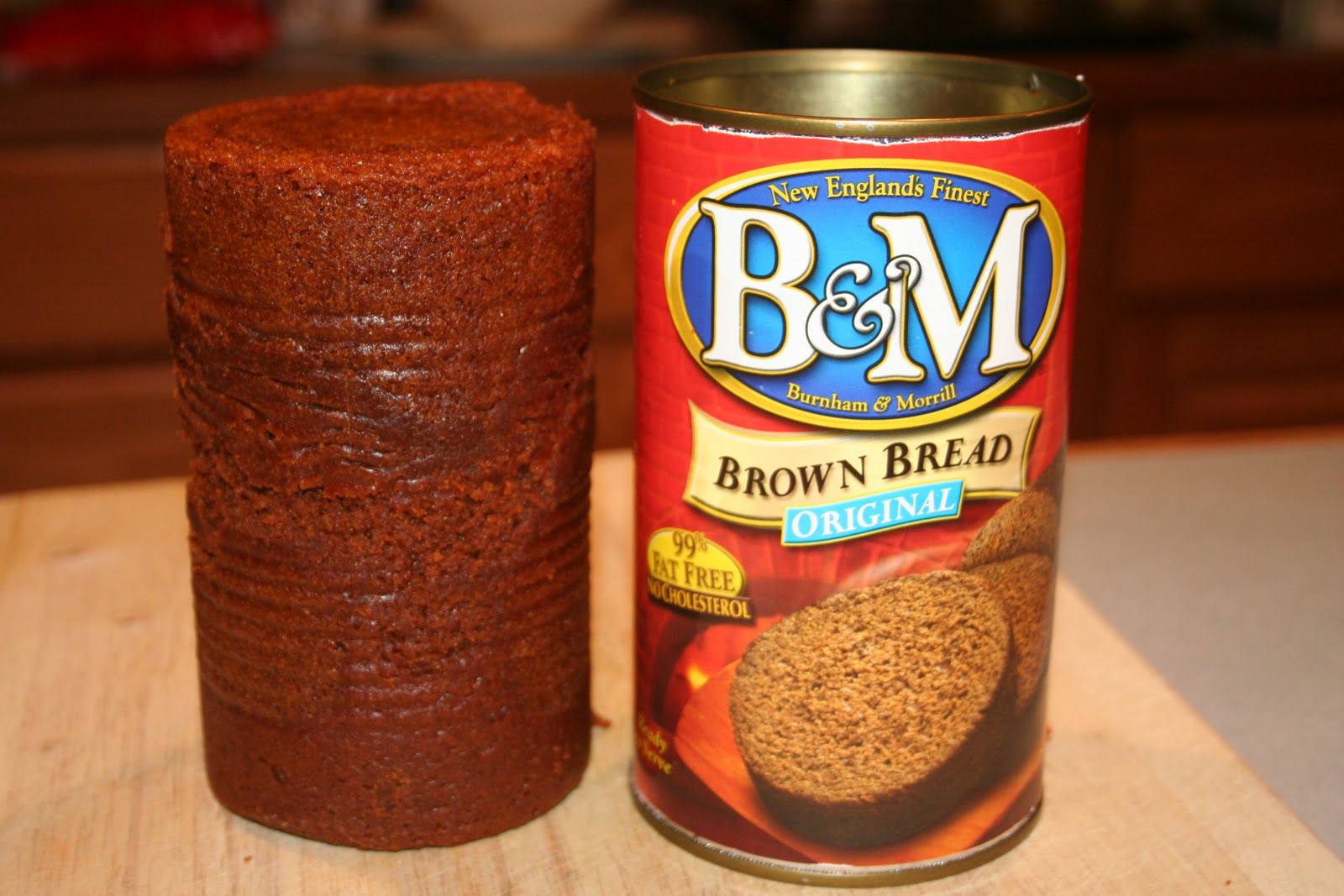Home>Food and Cooking>The Essential Ingredients For Perfect Bread
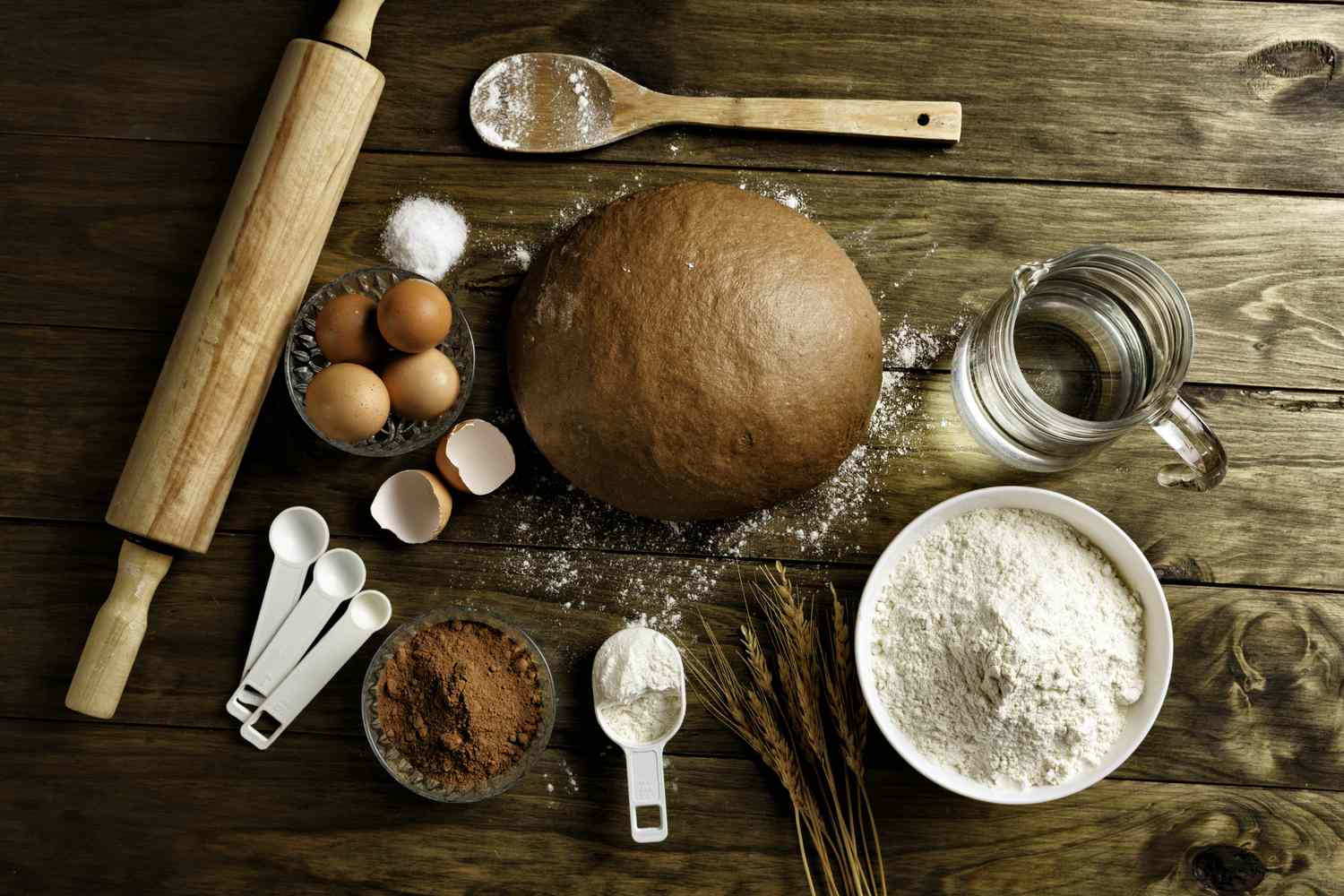

Food and Cooking
The Essential Ingredients For Perfect Bread
Modified: March 3, 2024
Discover the essential ingredients for perfect bread with our expert tips and tricks. Elevate your food and cooking skills with this comprehensive guide.
(Many of the links in this article redirect to a specific reviewed product. Your purchase of these products through affiliate links helps to generate commission for Noodls.com, at no extra cost. Learn more)
Table of Contents
Introduction
Bread, a staple food in many cultures, has been a source of sustenance and nourishment for centuries. Its simple yet versatile nature makes it a beloved addition to any meal. Whether it's a crusty baguette, a soft sandwich loaf, or a chewy sourdough, the key to achieving the perfect bread lies in the careful selection and precise combination of essential ingredients. Each component plays a crucial role in the alchemy of bread-making, contributing to the texture, flavor, and overall quality of the final product.
In this article, we will delve into the fundamental ingredients and factors that contribute to the art of bread-making. From the basic components like flour and water to the transformative powers of yeast and the enhancing touch of salt, we will explore how each element contributes to the creation of a delectable loaf. Furthermore, we will uncover the significance of time and technique in the bread-making process, shedding light on the often overlooked yet indispensable aspects of achieving bread perfection.
Embark on this journey with us as we uncover the secrets to creating the perfect bread, from the first mix to the final bake. Let's unravel the mysteries of flour, water, yeast, salt, time, and technique, and discover how these elements intertwine to create the aroma, flavor, and texture that make bread a timeless culinary delight.
Flour
Flour serves as the foundational building block of bread, providing structure, texture, and flavor to the final product. The type of flour used significantly influences the characteristics of the bread, making it a pivotal ingredient in the bread-making process.
All-Purpose Flour
All-purpose flour, a versatile option for bread-making, strikes a balance between protein content and gluten formation. Its moderate protein content, typically ranging from 9% to 12%, allows for a well-rounded texture in bread, making it suitable for a wide range of recipes, including sandwich loaves, dinner rolls, and artisanal bread.
Bread Flour
Specifically formulated for bread-making, bread flour boasts a higher protein content, usually around 12% to 14%. This elevated protein level promotes robust gluten development, resulting in a chewier and more elastic crumb. Bread flour is ideal for recipes that call for a hearty and chewy texture, such as rustic artisan bread and sourdough loaves.
Whole Wheat Flour
Whole wheat flour, milled from the entire wheat kernel, offers a nutty flavor and a denser texture compared to refined flours. It contains the wheat germ and bran, imparting a rich, wholesome flavor and a hearty, rustic appearance to bread. Due to its higher fiber content, whole wheat flour requires additional hydration and often benefits from a longer fermentation process to achieve optimal texture and rise.
Specialty Flours
In addition to the classic options, an array of specialty flours, such as rye, spelt, and oat flour, can be incorporated to introduce unique flavors and textures to bread. These alternative flours contribute distinct characteristics, adding depth and complexity to the flavor profile of the bread. Rye flour, for instance, imparts a robust, slightly tangy taste, while oat flour introduces a subtle sweetness and a tender crumb.
Selecting the appropriate flour is a critical step in bread-making, as it sets the foundation for the entire baking process. Understanding the unique properties of each type of flour empowers bakers to tailor their recipes to achieve the desired texture, flavor, and appearance in their bread.
From the delicate crumb of a classic baguette to the hearty density of a whole wheat boule, the choice of flour serves as the cornerstone of bread-making, shaping the character and essence of each loaf.
Water
Water, often overlooked in its significance, is a fundamental element in bread-making, playing a pivotal role in the hydration and development of the dough. Its presence is essential for activating the yeast, facilitating gluten formation, and ultimately shaping the texture and structure of the bread.
The quality and temperature of the water used in bread-making can greatly impact the final product. Ideally, the water should be of high quality, free from impurities and chlorine, as these can hinder yeast activity and affect the flavor of the bread. Additionally, using water at the appropriate temperature is crucial. Lukewarm water, typically around 110°F (43°C), is commonly recommended, as it provides an optimal environment for activating the yeast without inhibiting its activity.
The hydration level of the dough, determined by the amount of water used in relation to the flour, significantly influences the texture and crumb of the bread. Higher hydration levels yield a more open crumb structure and a chewier texture, as observed in artisanal and rustic bread varieties. Conversely, lower hydration levels result in a denser crumb and a softer texture, characteristic of sandwich loaves and brioche.
During the mixing and kneading process, water acts as a catalyst for gluten development, allowing the proteins in the flour to align and form a network that traps carbon dioxide produced by the yeast. This process is essential for achieving the desired rise and structure in the bread. Proper hydration also contributes to the extensibility of the dough, making it more pliable and easier to shape, a crucial factor in creating various bread shapes and styles.
Furthermore, water plays a crucial role in the formation of the bread crust during the baking process. The initial burst of steam generated from the water present in the dough creates a humid environment in the oven, promoting crust development and contributing to the coveted crispness and color of the crust.
In essence, water is the unsung hero of bread-making, quietly influencing every stage of the process, from mixing to baking. Its presence, quality, and temperature are integral to the successful creation of a well-structured, flavorful loaf. By understanding and harnessing the power of water, bakers can elevate their bread-making endeavors, producing loaves that boast an ideal balance of texture, flavor, and appearance.
Yeast
Yeast, a microscopic organism with transformative powers, is a key player in the alchemy of bread-making. This single-celled fungus, particularly Saccharomyces cerevisiae in the context of bread, serves as the catalyst for the fermentation process that gives rise to the characteristic flavor, texture, and volume of bread.
Activation and Fermentation
In bread-making, yeast acts as a leavening agent, converting sugars present in the dough into carbon dioxide and ethanol through the process of fermentation. This carbon dioxide, trapped within the gluten network of the dough, creates pockets of air, causing the bread to rise. The ethanol produced during fermentation contributes to the complex flavor profile of the bread, adding depth and nuance to its taste.
The activation of yeast is a critical step in the bread-making process. Typically, active dry yeast or instant yeast is used, both of which require hydration and a warm environment to become active. When yeast is combined with water and a source of sugar, such as flour, it becomes energized, initiating the fermentation process. The ideal temperature for activating yeast ranges from 100°F to 110°F (37°C to 43°C), providing a warm and nurturing environment for the organisms to thrive.
Read more: How To Defrost Bread
Types of Yeast
Two primary types of commercial yeast, active dry yeast and instant yeast, are commonly utilized in bread-making. Active dry yeast, consisting of larger granules, requires proofing in warm water before being incorporated into the dough. On the other hand, instant yeast, with finer granules, can be added directly to the dry ingredients, streamlining the bread-making process. Both types of yeast serve the same fundamental purpose, yet their distinct characteristics may influence the fermentation timeline and the overall flavor development of the bread.
Sourdough Starter
In the realm of artisanal bread, sourdough starter takes center stage as a natural leavening agent. This wild yeast and lactobacilli culture, cultivated through a fermentation process, imbues the bread with a tangy flavor and contributes to its unique texture and rise. Sourdough bread-making, with its reliance on natural fermentation and the symbiotic relationship between yeast and lactic acid bacteria, offers a nuanced and complex approach to bread production, yielding loaves with distinctive character and depth of flavor.
The Art of Fermentation
The fermentation process facilitated by yeast is not merely a means of leavening the dough; it is a transformative journey that enriches the bread with flavor, aroma, and texture. The slow fermentation of sourdough, for instance, allows for the development of complex flavors, while the rapid rise achieved with commercial yeast results in a lighter, milder taste. Understanding the nuances of fermentation empowers bakers to tailor their bread to their desired flavor profile, from subtle and nuanced to robust and tangy.
In essence, yeast, whether in the form of commercial varieties or as a natural sourdough culture, holds the key to unlocking the full potential of bread. Its ability to breathe life into the dough, infusing it with flavor and causing it to rise, is a testament to the remarkable impact of this humble microorganism on the art of bread-making.
Salt
Salt, often regarded as a humble seasoning, plays a pivotal role in the art of bread-making, exerting a profound influence on the flavor, texture, and fermentation process. Beyond its traditional role as a flavor enhancer, salt contributes to the overall structure and development of the bread, making it an indispensable ingredient in the baker's arsenal.
Read more: Unconventional Pho Ingredient: Flank Steak!
Flavor Enhancement
At its essence, salt serves as a flavor enhancer, elevating the taste profile of bread by balancing and accentuating its natural flavors. When incorporated into the dough, salt interacts with the other ingredients, heightening the perception of sweetness and imparting a subtle savory undertone. This harmonious interplay of flavors results in a well-rounded and satisfying taste, transforming a simple loaf of bread into a culinary delight.
Gluten Development
In addition to its flavor-enhancing properties, salt plays a crucial role in gluten development. During the mixing and kneading process, salt regulates the formation of gluten strands, contributing to the overall structure and texture of the bread. By controlling the extensibility of the dough, salt ensures a balanced and uniform rise, preventing the formation of overly dense or excessively airy crumb structures. This meticulous regulation of gluten formation is essential for achieving the desired texture and mouthfeel in the finished bread.
Fermentation Control
Salt also exerts influence over the fermentation process, regulating the activity of yeast and the enzymatic reactions that occur during proofing. By modulating yeast activity, salt contributes to the controlled release of carbon dioxide, ensuring a gradual and steady rise, which is essential for developing a well-structured crumb and an even texture. Furthermore, salt helps to inhibit the activity of certain enzymes, preventing the degradation of the dough and allowing for a more predictable and consistent fermentation process.
Preservation and Shelf Life
Beyond its immediate impact on the bread-making process, salt also serves as a natural preservative, extending the shelf life of the finished loaves. Through its ability to regulate moisture and inhibit microbial growth, salt helps to maintain the freshness and quality of the bread, allowing it to be enjoyed over an extended period. This preservation aspect of salt is particularly significant in traditional bread-making, where loaves are often prepared in large quantities and intended to sustain communities over time.
In essence, salt is far more than a simple seasoning; it is a multifaceted ingredient that shapes the very essence of bread. From enhancing flavor and texture to regulating fermentation and extending shelf life, salt stands as a cornerstone of bread-making, enriching each loaf with its nuanced influence and indispensable contributions.
Read more: How To Toast Bread In Air Fryer
Time
In the realm of bread-making, time emerges as an often underestimated yet indispensable ingredient, wielding a profound influence on the flavor, texture, and overall quality of the final loaf. The concept of time extends beyond the mere duration of the bread-making process; it encompasses the patient nurturing of the dough, the unhurried fermentation, and the gradual development of complex flavors and aromas.
Fermentation and Flavor Development
Time plays a pivotal role in the fermentation process, allowing the dough to undergo a gradual transformation as the yeast and bacteria work their magic. The slow, deliberate fermentation of sourdough, for instance, unfolds over an extended period, fostering the development of intricate flavors and nuanced aromas. This unhurried approach to fermentation, often spanning several hours or even days, yields bread with a depth of flavor that cannot be rushed or replicated through expedited methods.
Gluten Maturation and Texture
Furthermore, time is essential for the maturation of gluten, the protein network that gives bread its structure and texture. Through extended resting periods during bulk fermentation and proofing, the gluten strands gradually align and strengthen, resulting in a more resilient and elastic dough. This maturation process contributes to the development of a desirable crumb structure, characterized by well-defined air pockets and a satisfying chewiness.
Complexity and Nuance
The passage of time also allows for the subtle interplay of flavors and aromas to unfold within the dough. As the fermentation progresses, the yeast and bacteria metabolize sugars and produce a myriad of compounds that contribute to the complex flavor profile of the bread. The gradual emergence of tangy undertones, nutty nuances, and hints of sweetness reflects the intricate dance of microorganisms and enzymes, each contributing its unique imprint to the final composition of the bread.
Patience and Mastery
Ultimately, time demands patience and a deep understanding of the bread-making process. It beckons the baker to embrace the art of slow fermentation, to trust in the transformative power of time, and to honor the ancient traditions that have celebrated the unhurried rhythm of bread-making for centuries. In the hands of a skilled baker, time becomes a tool for mastery, allowing for the creation of loaves that embody the essence of patience, precision, and artistry.
In the realm of bread-making, time is not merely a measure of duration; it is a silent partner, guiding the journey from humble ingredients to a symphony of flavors and textures. It is the unseen force that shapes the very soul of bread, infusing each loaf with the essence of time itself.
Technique
The art of bread-making extends far beyond the mere combination of ingredients; it encompasses a nuanced and skillful approach to technique, shaping the very essence of each loaf. From the initial mixing to the final bake, the application of precise and thoughtful techniques plays a pivotal role in the creation of a perfect bread.
Mixing and Kneading
The process of mixing and kneading the dough is a fundamental aspect of bread-making, serving to develop the gluten network and ensure the proper incorporation of ingredients. The initial mixing phase, whether performed by hand or using a stand mixer, involves the gradual integration of flour, water, yeast, and salt. This careful blending sets the stage for gluten formation, allowing the proteins in the flour to align and create a cohesive structure.
Kneading, a rhythmic and tactile process, further refines the dough, imparting elasticity and strength. Through the repetitive folding, pressing, and stretching of the dough, the gluten strands align and strengthen, resulting in a smooth, supple consistency. This meticulous manipulation of the dough is essential for achieving the desired texture and crumb in the finished bread.
Fermentation and Proofing
The art of fermentation and proofing demands an intuitive understanding of time, temperature, and the behavior of the dough. During the bulk fermentation stage, the dough undergoes a gradual transformation as the yeast and bacteria metabolize sugars, producing carbon dioxide and ethanol. This slow, deliberate process, often facilitated through gentle folds and turns, fosters the development of complex flavors and aromas, setting the stage for the final character of the bread.
Proofing, the stage where the shaped dough undergoes its final rise, requires finesse and attentiveness. The dough, carefully shaped into loaves or placed in proofing baskets, rests and expands, allowing the gluten to mature and the flavors to harmonize. The delicate balance of temperature and humidity during proofing is crucial for achieving an even rise and a well-structured crumb, culminating in bread with a satisfying texture and a balanced interior.
Baking and Finishing
The culmination of the bread-making process lies in the art of baking, where the transformed dough is subjected to the intense heat of the oven. The preheated oven, often equipped with baking stones or steam-generating mechanisms, provides the ideal environment for the final metamorphosis of the bread. The initial burst of steam, created through the introduction of water or ice, promotes crust development, resulting in a crisp, golden exterior that encases the tender crumb within.
Furthermore, the precise management of temperature and baking time is essential for achieving an even rise and a fully baked interior. The careful observation of the bread as it transforms from raw dough to a golden, fragrant loaf is a testament to the skill and mastery of the baker. The final moments of baking, where the aroma of freshly baked bread fills the air, signify the culmination of technique, patience, and artistry.
In essence, technique in bread-making embodies the fusion of tradition, precision, and intuition. It is the silent orchestrator that guides the transformation of humble ingredients into a symphony of flavors and textures, encapsulating the essence of the artisanal craft.
Conclusion
In the realm of bread-making, the amalgamation of flour, water, yeast, salt, time, and technique converges to create an alchemy that transcends the mere act of baking. Each ingredient and factor plays a distinct yet interwoven role in shaping the texture, flavor, and character of the final loaf. From the foundational significance of flour in establishing the structure and texture to the transformative powers of yeast in fostering fermentation and rise, every element contributes to the symphony of flavors and textures that define the art of bread-making.
Water, often overlooked in its significance, serves as the silent catalyst for hydration, gluten development, and crust formation. Its quality and temperature exert a profound influence on the overall outcome of the bread, underscoring the importance of this seemingly humble ingredient. Similarly, salt, far beyond its role as a flavor enhancer, stands as a multifaceted contributor to the texture, fermentation, and preservation of the bread, embodying the nuanced influence of this essential seasoning.
Time emerges as a silent partner in the bread-making process, guiding the patient nurturing of the dough, the gradual fermentation, and the development of complex flavors and aromas. Its influence extends far beyond the measure of duration, embodying the essence of patience, precision, and artistry, and infusing each loaf with the essence of time itself. Furthermore, the art of technique, from meticulous mixing and kneading to the finesse of fermentation and proofing, culminates in the transformative act of baking, where the raw dough is transmuted into a fragrant, golden loaf.
In the symphony of bread-making, each ingredient and factor harmonizes to create a culinary masterpiece that transcends the sum of its parts. The perfect loaf of bread, whether a crusty baguette, a tender brioche, or a tangy sourdough, is a testament to the seamless interplay of flour, water, yeast, salt, time, and technique. It embodies the artistry, tradition, and mastery that have woven bread into the fabric of human culture for centuries, evoking a sense of comfort, nourishment, and timeless delight.
As we unravel the mysteries of flour, water, yeast, salt, time, and technique, we embark on a journey that transcends the act of baking, delving into the heart and soul of a culinary tradition that has sustained and nourished communities throughout history. The perfect bread, crafted with care and reverence for its essential ingredients, becomes a timeless expression of artistry, a celebration of tradition, and a testament to the transformative power of the simplest of ingredients.
